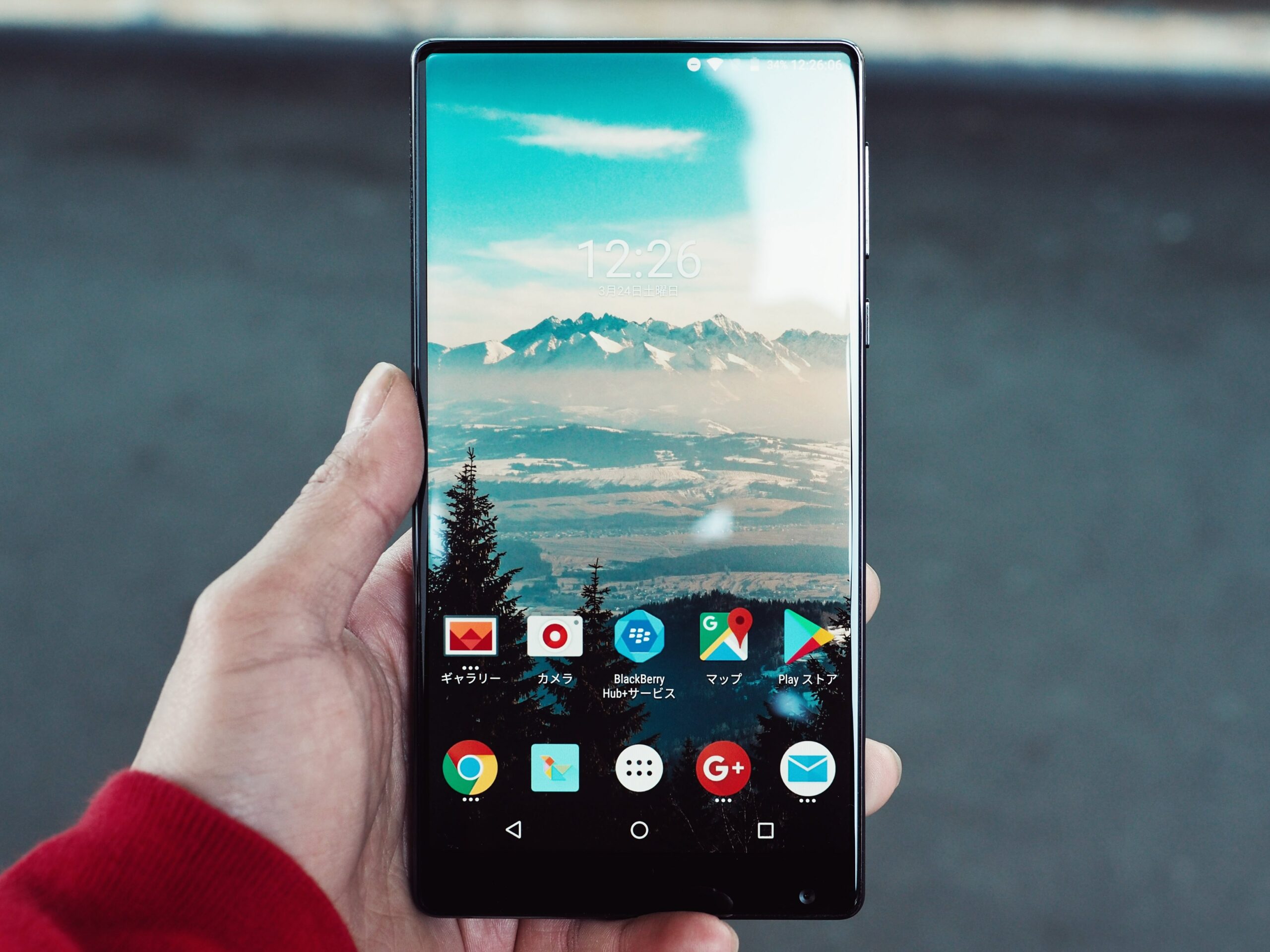Google is apparently planning a new feature for Android 13. In the future, dual SIM functions should be possible with a single eSIM chip. You can find out what this means for users here.
When Google hosts its annual developer conference next month, the company will reveal more information about Android 13. There have already been a few leaks, including one stating that the new build will give Android users more control over their phones' flashlights. In another, it will be possible to drag a notification to the display in split-screen mode with a long press.
By scanning QR codes, smartphone users with an eSIM can switch providers. The user scans the code, which allows their device to be connected to their mobile operator. When changing cell phone provider, the user only has to request a new QR code from the new provider. Google will reportedly introduce in Android 13 the ability to have more than one active connection on an eSIM chip.
Practical Android innovation: Google is developing dual eSIM
Google is planning a practical innovation for Android 13.
CHIP / Marcus Kampf
According to Esper's Mishaal Rahman (via Android Police), Google is working on a way to give users dual SIM capabilities on phones running Android 13 with a single eSIM chip.
One problem with eSIM is that only one subscriber line can be active at a time. So Google has been working on a way to offer active dual SIM support with a single eSIM chip. Google has developed a technology called MEP (Multiple Enabled Profile) that allows an eSIM element to actively connect to two operators at the same time. Google received a patent for this technology in 2020 and reportedly plans to include it in the final version of Android 13 in Q3.
Since MEP supports active dual SIM support on a single eSIM element, manufacturers will reduce the material costs of building a phone while freeing up internal space that can be used for additional hardware or a larger battery. Using multiple eSIMs takes up some of this free space.
New function should also come for other operating systems
Android 13 isn't the only operating system that could support MEP. Google also mentions iOS, macOS and Windows in its patent application. Google has reportedly tested MEP support on some of its Pixel devices, but may still choose to license the necessary intellectual property to allow the technology to be used with the aforementioned operating systems.
Currently, the only way to get dual SIM capabilities is to buy a phone with multiple eSIMs, a phone with both an eSIM and a physical SIM, or a phone with multiple physical SIMs.
There are signs that Google plans to integrate this patent into Android 13, which the Android Developers website suggests. Android 13 DP2 included some MEP APIs and with the release of beta versions of Android 13 we will then see if MEP will indeed appear in the next Android build.
Shop recommendation for cell phones & smartphones
Samsung Galaxy S20 FE 5G 128GB
Samsung Galaxy S21 Ultra 5G 256GB
Samsung Galaxy Z Flip 3 5G 128GB
Samsung Galaxy S21 FE 5G 256GB
Xiaomi Redmi Note 10 Pro 6/128GB
Samsung Galaxy A52 5G 128GB
Xiaomi Poco X3 Pro 128GB
Oppo Find X5 Pro 12/256GB
Apple iPhone 13 Pro 256GB
Compare other cell phones & smartphones
Offer from BestCheck.de | Prices incl. VAT plus shipping
Other readers are also interested in:
Cheese recall at Rewe, Norma and Co.: Consumption can lead to kidney and liver damageNew for all Sparkasse customers: What you can expect from ATMs from now onLidl is pulling the emergency brake: These foods are now being rationed



